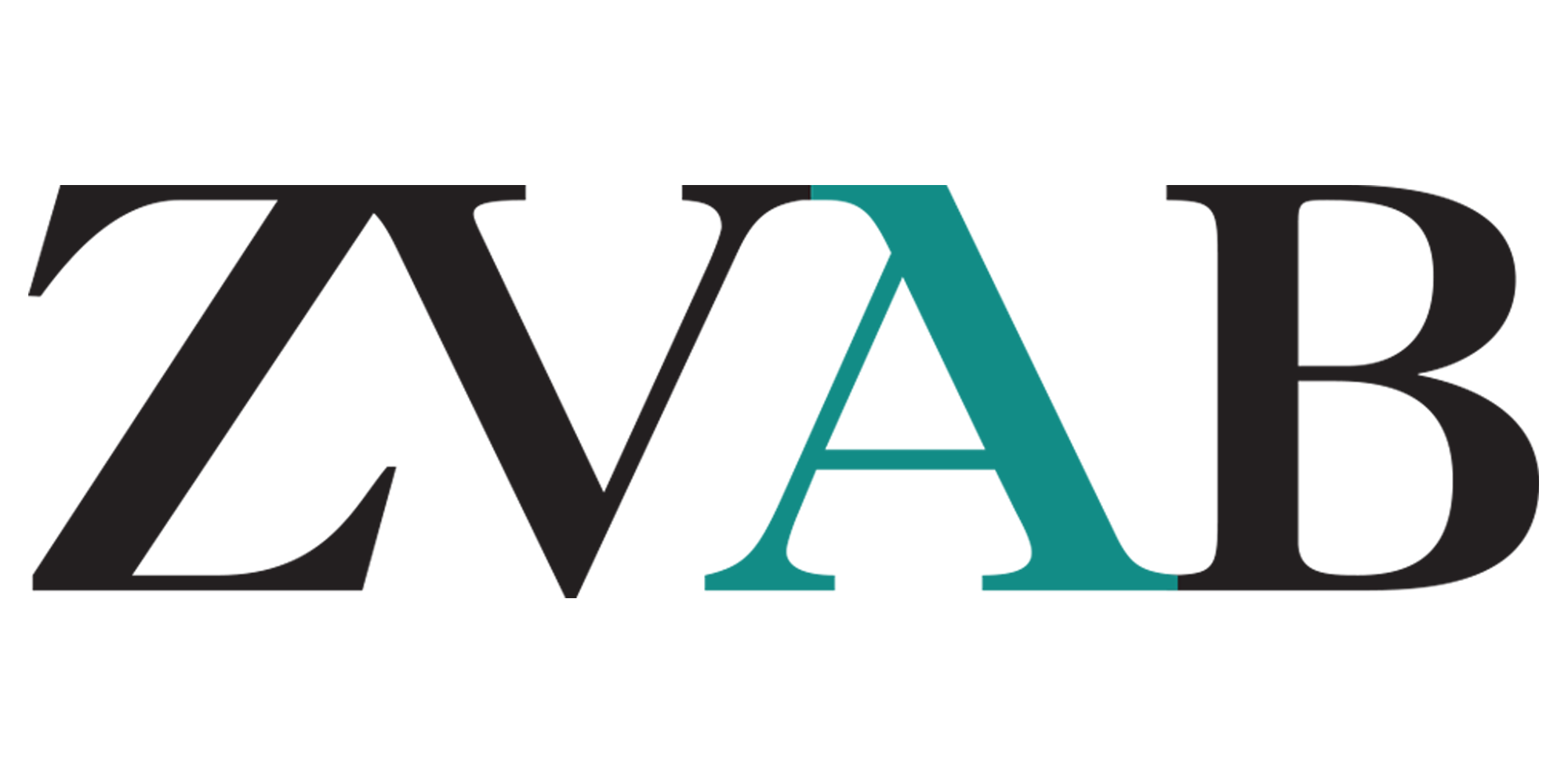
Evolution of Central Banking?
Kurzinformation
inkl. MwSt. Versandinformationen
Artikel zZt. nicht lieferbar
Artikel zZt. nicht lieferbar

Beschreibung
The book analyses the establishment of De Nederlandsche Bank and its early development as a case study to test competing theories on the historical development of central banking. It is shown that the establishment of DNB can be explained by both the fiscal theory and the financial stability theory. Later development makes clear that the financial stability role of DNB prevailed. DNB¿s bank notes were not forced onto the public and competition was fierce. A prudent and independent stance was necessary to be able to play its intended role. This meant that DNB played a modest role in the Amsterdam money market until 1852. By 1852 it had established itself to become the central bank. By then its bank notes had become generally accepted and it could start to operate as a reserve bank. Also the market context had changed dramatically, its competitors had been driven out of the market and several credit institutions had become customers of DNB."On the occasion of the Nederlandsche Bank's 200th Anniversary, it is good to have a new, and an extremely good, history of its founding and first fifty years of operation. The only previous account of this period of the DNB's history was legalistic and did not sufficiently place the Bank¿s development in its wider context. Uittenbogaard's book provides a much broader, and better, story of the personnel, economics, and finance of the DNB at this juncture." - Charles Goodhart, LSE.
Produktdetails

So garantieren wir Dir zu jeder Zeit Premiumqualität.
Über den Autor

- Kartoniert
- 318 Seiten
- Erschienen 2022
- Metropolis

- hardcover -
- Erschienen 1980
- Obol Intl

- hardcover
- 296 Seiten
- Erschienen 2021
- Springer

- Gebunden
- 347 Seiten
- Erschienen 2015
- Wiley-VCH

- Hardcover
- 200 Seiten
- Erschienen 2022
- Polity

- hardcover
- 284 Seiten
- Erschienen 1996
- Oxford University Press Inc

- hardcover
- 512 Seiten
- Erschienen 1986
- Harvard University Press

- Gebunden
- 300 Seiten
- Erschienen 2016
- Wiley-VCH

- Kartoniert
- 412 Seiten
- Erschienen 2012
- UNIKUM

- Hardcover
- 320 Seiten
- Erschienen 2016
- Wiley

- Gebunden
- 157 Seiten
- Erschienen 2009
- Gabler Verlag


































